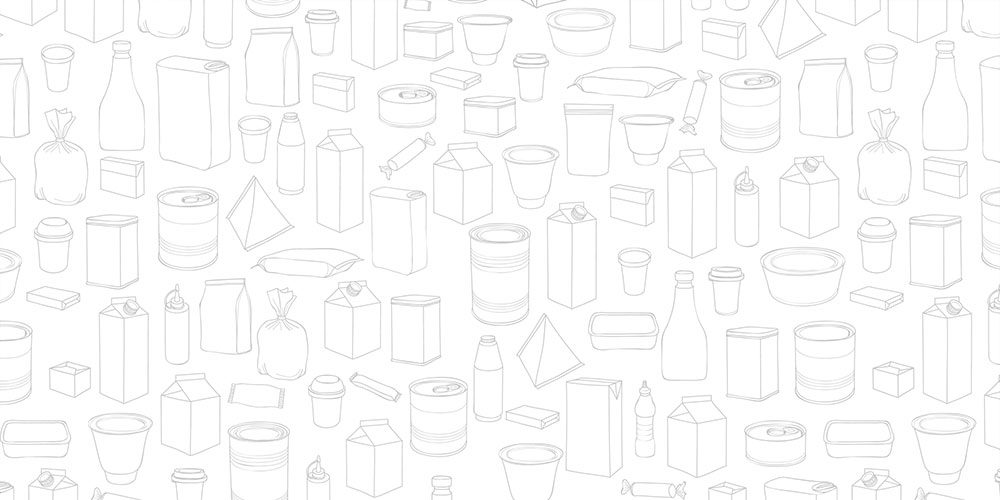Even when your overriding goal is to use the most sustainable packaging possible, you need to address some key objectives in your packaging. Producers need to understand the role of food packaging. Read on to understand some of the factors to consider when specifying your packaging substrate and structure.
Most of the time, my role is to help clients find the most sustainable, feasible and viable packaging option for their particular product. Of course, finding sustainable options with the best environmental impact is critical. However, you also need your packaging to help deliver your product safely to the consumer and make it stand out. On top of that, you need to find cost-effective packaging so you can continue to operate and grow your business.
Physical protection for your product
Your packaging performs many roles, and some are harder to see than others. It gives your product protection against light, oxygen, and moisture, ensuring your product maintains safety and quality over its shelf life.
Top Tip: When comparing packaging formats, always ask for the water vapour and oxygen transmission rates to see which performs best. You’ll need to undertake shelf-life testing – in the chosen packaging – before launch too.
Protecting your product during transportation
Your product will need to be packaged in some way, even if you’re not selling directly to consumers or creating individual packs. It may just need to protect the product through the manufacturing process, but it’s more likely that it needs to be robust enough to survive a complex supply chain.
Issues such as scuffing can emerge during transportation when packs are next to one another. During palletisation, the packaging at the bottom in the corner takes a lot of the weight of the boxes above. You need to ensure it’s strong enough to cope with this.
Top Tip: Wherever possible, run samples through a transport trial before launch. At the very least, ship some to yourself via a courier.
Convenience, storage and recycling
Packaging needs to make it easy for your consumers to use the product. It might need to be re-sealable, so it stays fresh whilst being used over time. Are the materials in the packaging recyclable or even compostable?
Some materials offer excellent protection for the product with a low carbon footprint but aren’t widely recycled yet, or maybe they can’t be composted at home. This is a typical trade-off that you might need to consider when selecting and sourcing packaging.
Making your product and brand stand-out
It’s essential to make your products stand out and communicate with your consumers, especially in physical stores. Good packaging needs to present and embody your brand, appeal to your target market and signal what it is and why it’s worth buying.
Packaging is often the consumers first touchpoint with the brand. It depends on the type of product you’re filling but consider proprietary packaging that can help you stand out. Bespoke card or die-cut labels can have more impact than standard structures like jars, pouches, or cans, which may offer economy but are less ‘ownable’.
Helping people experience your product
Helping people enjoy your product is rarely about taste alone. Experience is another crucial role of food packaging. Does opening the product delight the senses? Does it make a sound or create an inviting smell? Using innovations in packaging can make your product more appealing, make it last longer or reduce waste.
All these considerations lead you to a brief that highlights the requirements for your packaging. Once you have a clear idea of that, along with the order volumes you require and the price you can afford, we can narrow down the myriad of packaging options and start evaluating your options.
Innovate to Zero can help you find the right packaging for your product. Book a discovery call today.

